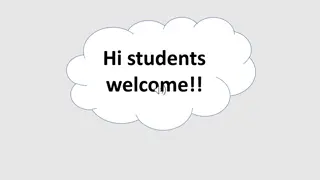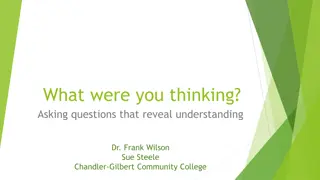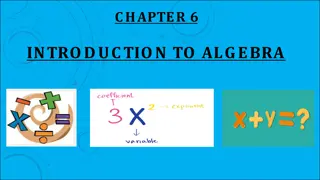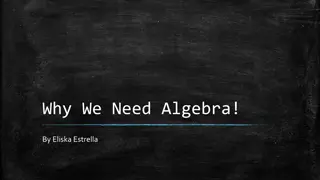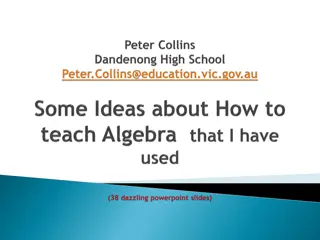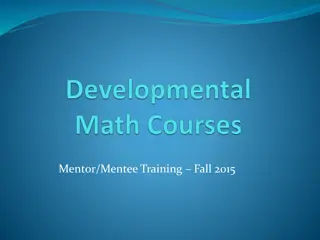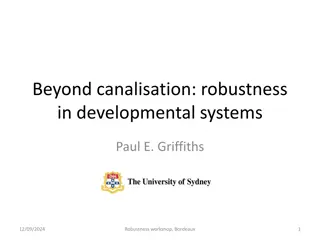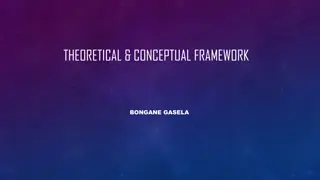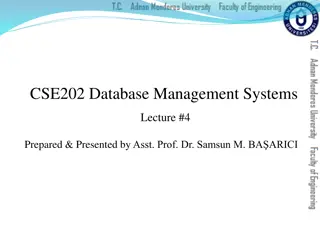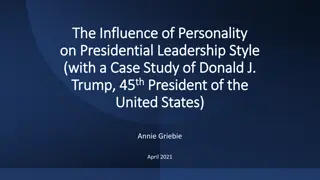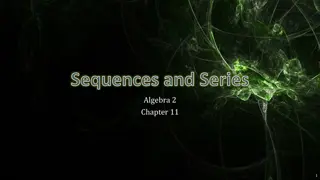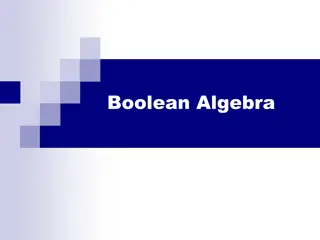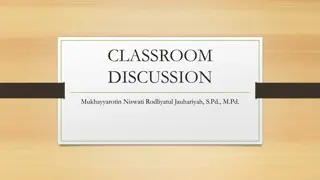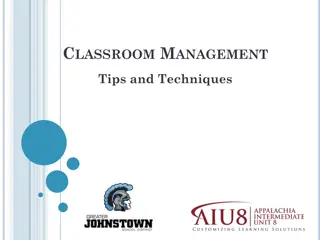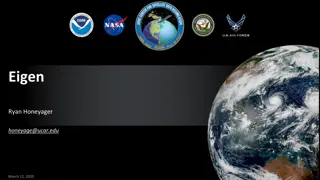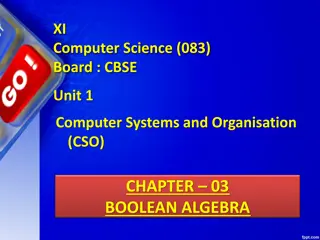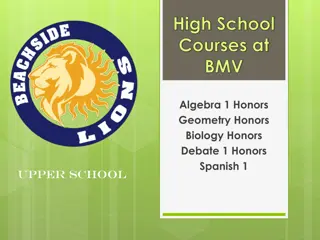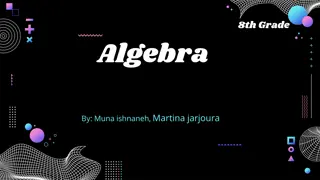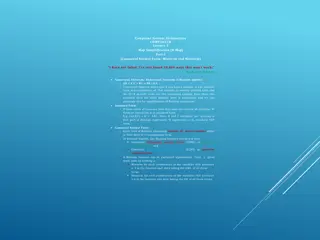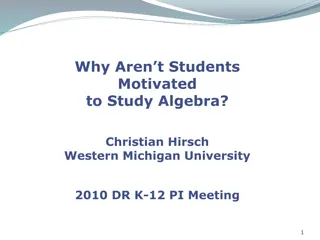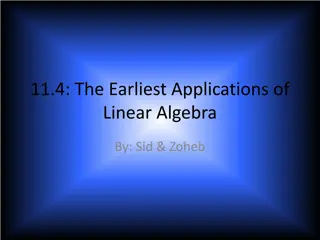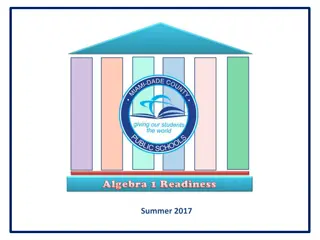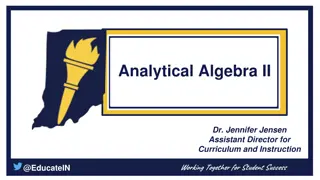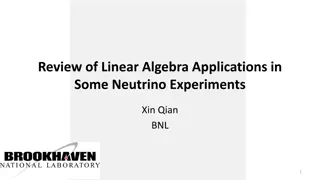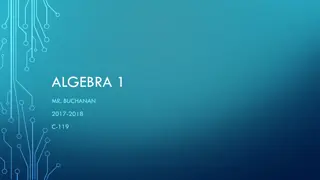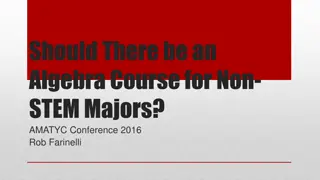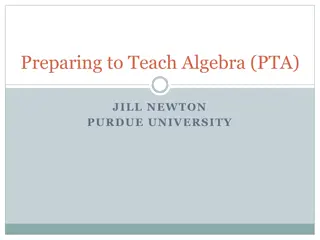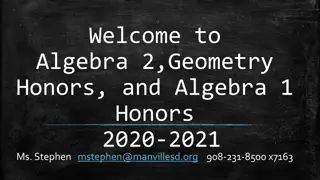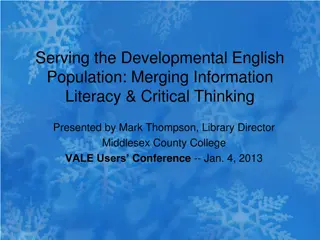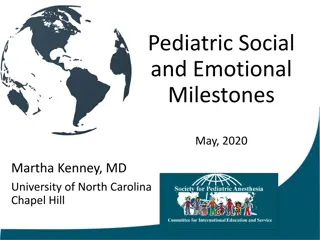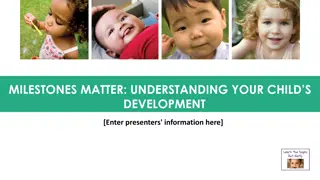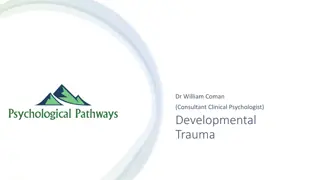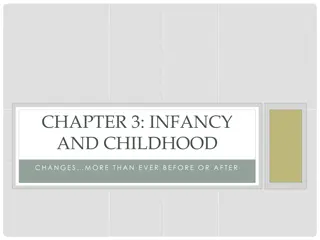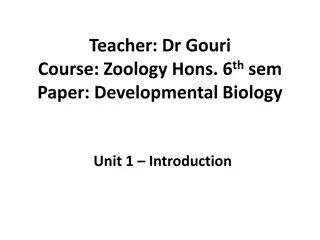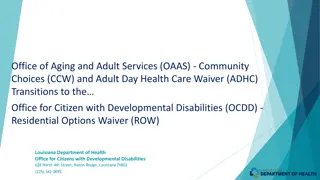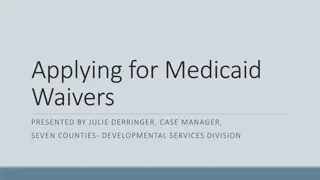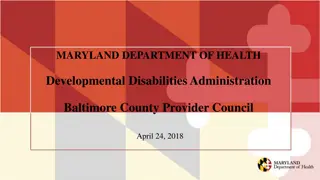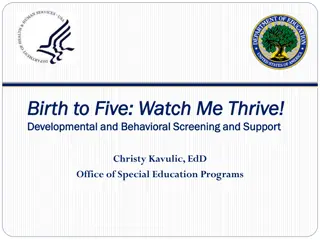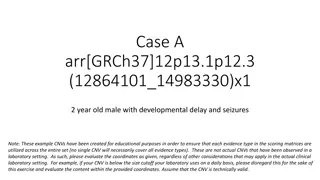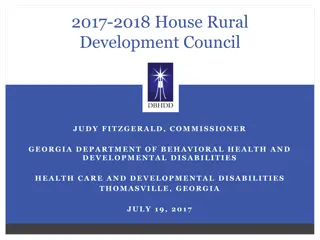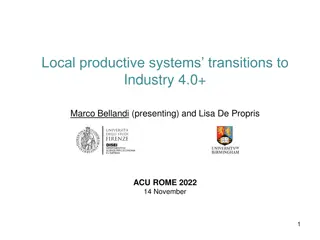Developmental Algebra Classroom: Fostering Conceptual Understanding
Explore the journey through developmental algebra classes focusing on fostering conceptual understanding. Delve into topics spanning Elementary Algebra I, II, III, graphing equations, traditional definitions, and more. Discover key concepts like fractions, functions, factorization, and the importance of graphing equations and inequalities. Gain insights into teaching methodologies blending traditional and reform curricula.
Uploaded on Sep 13, 2024 | 0 Views
Download Presentation

Please find below an Image/Link to download the presentation.
The content on the website is provided AS IS for your information and personal use only. It may not be sold, licensed, or shared on other websites without obtaining consent from the author. Download presentation by click this link. If you encounter any issues during the download, it is possible that the publisher has removed the file from their server.
E N D
Presentation Transcript
Fostering Conceptual Understanding in a Developmental Algebra Classroom AMATYC 2009 Las Vegas, NV Nov 13th2009 Gowribalan A. Vamadeva gowribalan.vamadeva@uc.edu University of Cincinnati
BACKGROUND o ASU 1995 - 1999 Developmental Algebra & Intermediate Algebra Traditional Curriculum Text Used Pat Mckeague o BCC 1999 - 2005 Pre Algebra, Two Part Pre Algebra, Introductory Algebra, Algebraic Skills, Elementary Algebra Mixture of reform curriculum & traditional curriculum Text Used Aufman, Martin Gay, & Alice Kaseburg More Reformists than Traditionalists o UC 2005 - Present Elementary Algebra I, Elementary Algebra II, & Elementary Algebra III Traditional Curriculum Text Used Martin Gay & Lial Hornsby
ELEMENTARY ALGEBRA I MATH 091 Topics include Fractions, Decimals, Integers, Rational Numbers, Variable Expressions, Ratios, Rates, Proportions, Percents, Geometry, Probability & Statistics
ELEMENTARY ALGEBRA II MATH 092 Topics include First degree equations & inequalities, Functions & linear functions, Linear inequalities, Systems of linear equations & inequalities, Rules of Exponents, and Polynomials.
ELEMENTARY ALGEBRA III MATH 101 Topics include Factoring & solving polynomial equations, Rational expressions & equations, Rational exponents & Radical expressions & equations, Quadratic equations, & quadratic functions
GRAPHING EQUATIONS & INEQUALITIES The Rectangular Coordinate System Graphing Linear Equations Intercepts Slope Equations of Lines Introduction to Functions Graphing Linear Inequalities in two variables
TRADITIONAL DEFINITIONS OF THE SLOPE OF A LINE & FUNCTIONS Slope o The slope of a line is a measure of the slant or steepness of a line o The slope is the ratio of the vertical change in y to the horizontal change in x o The slope of a line is a ratio that compares the vertical change with the corresponding horizontal change as we move along the line from one point to another Functions o A function is a relation in which no two ordered pairs have the same first coordinates and different second coordinates o A function is a relation in which, for each value of the first component of the ordered pairs, there is exactly one value of the second component
CONCEPTUAL & REFORM IDEAS IN MATH 092 Distinguish between Ratios and Rates Average Rate of Change rate of change & slope slope slope & equations of lines Function basics lesson plan functions I.pdf functions II.pdf absolute value function.pdf Outside Class Project end of year project 092.pdf
CONCEPTUAL & REFORM IDEAS IN MATH 101 course outline rational function introduction radical functions Innovative Approach introduction to rational equations DLA, ILD, Student Practice, & Summary handout quadratic translations leading to vertex form basic functions & properties end of year project
SOME IDEAS FROM MATH 091 o Number Sense If a million seconds went by, how many days have gone by? If a billion seconds went by, how many days have gone by? If a trillion seconds went by, how many days have gone by? o Linear Equations in one variable - applications fulcrum idea college football bowl game
LEARNING OUTCOMES Identify and distinguish among different families of functions: linear, quadratic, rational, and radical by interpreting graphical, symbolic, numerical, and verbal representations. Demonstrate the mathematical skills appropriate for each course Use the appropriate function model to analyze and solve application problems Use a graphing calculator when appropriate to explore and solve problems Explain how a function model relates to an applied situation and interpret problem solutions in the context of the situation.
ACTIVE LEARNING METHODS Examples drawn from real life and skills learned in context Group learning activities, instructor led discussions Active participation and team work are essential Problems are approached using a variety of perspectives Summary Examples:1) slope and linear functions(DLA).pdf 2) Rational Equations.pdf 3)Dick Aufman Materials
CONCLUSION DON T LET GO YOUR PHILOSOPHIES THERE IS ALWAYS SOME TIME FOR REFORM METHODS PROJECTS ARE NOT JUST IN CALCULUS AND BEYOND PEER LED LEARNING APPRECIATED OVER TIME HOW MANY FACTORING, SIMPLIFYING, AND SOLVING PROBLEMS? ONE STRUCTURE DOES NOT FIT ALL
THANK YOU MATHEMATICS DEPARTMENTS AT BROOKDALE CC AND THE UNIVERSITY OF CINCINNATI


